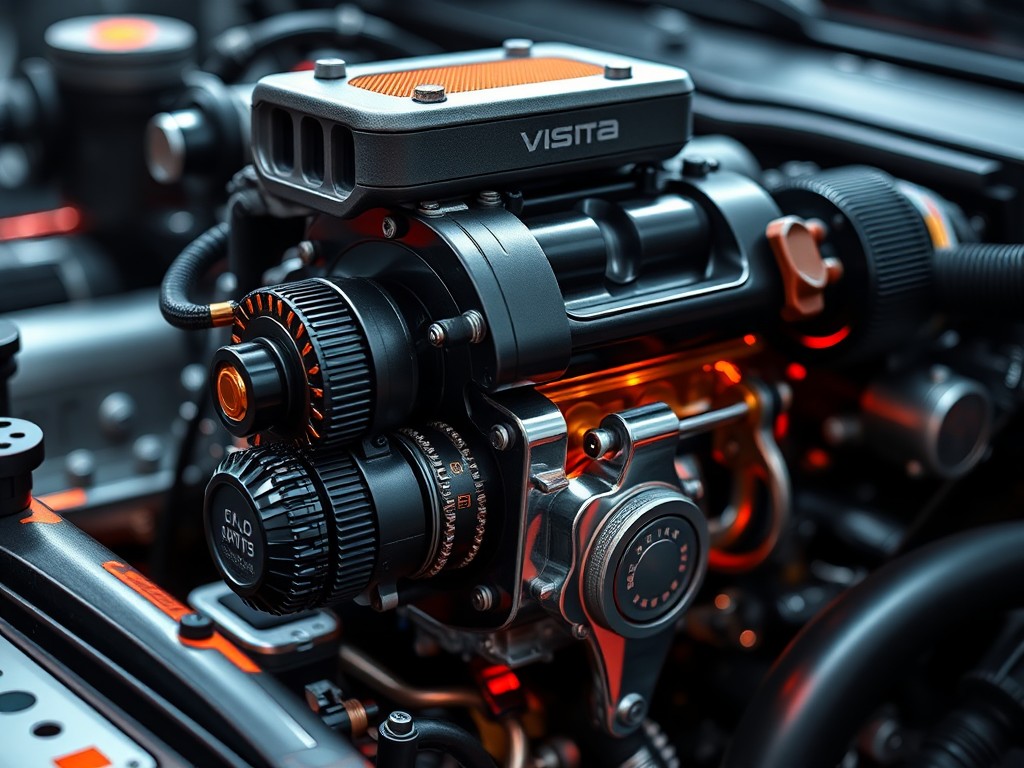The weather can be unpredictable and change in the blink of an eye. One moment, you’re driving in perfect weather conditions, and the next, you’re faced with rain, snow, fog, or a dust storm. These adverse weather conditions can greatly reduce visibility, making driving a dangerous task. As drivers, it’s crucial to know how to maintain visibility in such situations to ensure your safety and that of other road users. Here, we will discuss some valuable strategies you can employ to stay safe during unfavorable weather.
Understand the Impact of Weather Conditions on Driving
Before diving into the practical tips, it’s essential to understand how adverse weather affects driving conditions. Weather conditions play a significant role in the vehicle’s performance and the driver’s ability to see clearly and control the car.
This might interest you : Can window tints enhance privacy and safety in your vehicle?
Rain and snow can cause the roads to become slippery, leading to longer stopping distances. They also reduce visibility, making it harder to spot potential hazards ahead. On the other hand, fog and dust storms can create almost zero-visibility situations, making it challenging for drivers to navigate the roads safely. Recent studies also show that adverse weather conditions significantly increase the risk of accidents. Interestingly, the chances of crashes are not just linked to severe weather events such as hurricanes or snowstorms but even light drizzles.
A deeper understanding of these impacts goes a long way in preparing you for safe driving during adverse weather.
Also read : How can you effectively use your vehicle’s safety features in emergency situations?
Invest in Good Quality Vehicle Equipment
A vehicle is only as safe as its weakest part. Therefore, investing in reliable, good-quality vehicle equipment is crucial, specifically in parts that directly affect visibility during adverse weather conditions.
Tires are a crucial component. Good quality tires with appropriate tread depth can provide better grip during wet and snowy conditions, reducing the risk of aquaplaning and skidding. In addition, winter tires can be beneficial for those living in areas prone to heavy snowfall.
Windshield wipers also play a vital role in maintaining visibility during rain, snow, or sleet. Ensure they are in good working condition and replace them when they start to show signs of wear and tear to avoid streaks on your windshield that can impede your view.
Furthermore, always keep your windshield, headlights, taillights, and signal lights clean. Dirt, mud, or snow can cover these parts and reduce visibility, both for you and the drivers around you.
Use Defensive Driving Techniques
Defensive driving is a set of driving skills that allows you to defend yourself against possible accidents caused by bad weather, careless drivers, or even your mistakes. It aims to reduce the risk of accidents by anticipating dangerous situations, despite the adverse weather conditions or the mistakes of others.
Remember to always maintain a safe distance from the vehicle in front of you. This distance should be increased during bad weather conditions to account for the longer stopping distances.
Adapting your speed to the conditions of the road is also essential. Although it might seem like common sense, many drivers fail to adjust their speed when weather conditions worsen.
Lastly, avoid sudden movements or harsh maneuvers. During bad weather, abrupt changes in direction or speed can lead to loss of control over the vehicle.
Prioritize Regular Vehicle Maintenance
Regular vehicle maintenance is essential for safe driving, especially during adverse weather conditions. Routine checks and maintenance can help identify and fix any issues before they grow into bigger problems.
For instance, regularly checking your vehicle’s fluid levels (engine oil, brake fluid, coolant, etc.) can help ensure that your vehicle functions properly under different weather conditions. Keeping your vehicle’s lights in good shape is also important for maintaining good visibility and communicating your intentions to other drivers.
Moreover, regularly inspecting and maintaining your brakes can be a lifesaver, particularly in bad weather when roads can be slippery and stopping distances increase.
Know When to Stop
While it is important to know how to drive safely in adverse weather conditions, it is equally important to understand when not to drive. If the weather conditions worsen dramatically and visibility is significantly reduced, it might be safer to pull over and wait for conditions to improve.
While insurance may cover damage to your vehicle in case of an accident, it is not worth risking your life or the lives of others on the road. As much as possible, plan your journey to avoid driving during extreme weather conditions. But if you’re already on the road when bad weather hits, find a safe place to stop and wait it out.
In conclusion, driving in adverse weather conditions can be challenging and stressful, but with the right knowledge, equipment, and attitude, you can significantly enhance your safety on the road. Always remember to prioritize safety over speed and never hesitate to stop if conditions become too dangerous.
Adopt Advanced Technology Assistance
In the world of rapid technological advancements, many devices have been developed that can aid drivers while driving in adverse weather conditions. These advanced technologies can significantly improve driver safety by assisting in maintaining visibility and control over the vehicle.
Satellite navigation systems (GPS) can provide real-time weather updates and suggest alternative routes to avoid bad weather. These systems can also warn the driver about potential hazards like slippery roads, heavy traffic, or road closures, helping them make better driving decisions.
In addition, many modern vehicles are equipped with adaptive headlights. These headlights can adjust their intensity and direction based on the vehicle’s speed and steering to maximize illumination. This feature is especially helpful when driving in poor weather conditions like fog, heavy rain, or snow as it can enhance visibility and help prevent accidents.
Anti-lock Braking Systems (ABS) is another impressive technology that can prove beneficial in adverse weather conditions. ABS prevents the wheels from locking up during extreme braking, thereby maintaining the vehicle’s steerability. In poor road conditions that require sudden braking, ABS can help drivers maintain control over their vehicle and avoid a potential collision.
Moreover, technologies like Traction Control System (TCS) and Electronic Stability Control (ESC) can improve vehicle stability by automatically applying brakes or reducing engine power when they detect wheel slip. These systems can be particularly helpful in wet or snowy conditions, providing much-needed traction and preventing the vehicle from skidding.
Stay Informed and Be Prepared
Knowledge is power, and staying informed about the weather conditions can give you a significant advantage when planning your trip. Checking the weather forecast before you set out can help you anticipate what driving conditions you might encounter and adjust your plans accordingly.
Always keep an emergency kit in your car. This kit should include items like a first-aid kit, flashlight, blankets, flares, a battery-powered radio, extra batteries, food, and water. In extreme weather conditions, it can be the difference between a minor inconvenience and a life-threatening situation.
In addition, always keep a mobile phone charger in your car. If you get stuck somewhere due to bad weather, the ability to call for help can be crucial.
Equally important is being mentally prepared. Driving in adverse weather can be stressful, and panic can lead to poor decision-making. By staying calm and composed, you can make better decisions and respond more effectively to the challenges posed by bad weather.
In Conclusion
Driving in adverse weather conditions can be a daunting task. The unpredictability of the weather and its effects on visibility and road conditions can make driving quite challenging. However, by understanding the impact of weather on driving, investing in good-quality vehicle equipment, using defensive driving techniques, prioritizing regular vehicle maintenance, adopting advanced technology assistance, and staying informed and prepared, you can ensure your safety and that of other road users.
Remember, when faced with extreme weather, your best option might be to stay off the roads until conditions improve. No destination is worth risking your life and well-being. As always, safe driving should be your top priority, no matter the weather conditions.















